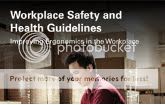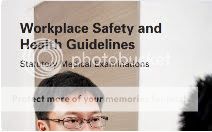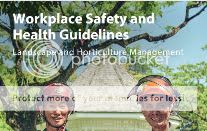WSH Guidelines -Fatigue Management
What is WSH Guideline
WSH Guidelines showcased workplace safety and health best practices and WSH program for controlling workplace hazards and improving occupational health for various industry and program .
Check out the free Fatigue Management to improve your organization WSH practices. For the latest WSH Guidelines update, refer to Singapore Workplace Safety and Health Council Website.
Fatigue Management Scope
This guideline aims to provide industries with relevant information on how to set up a fatigue management programme. It provides basic information to raise awareness of the impact of fatigue on workplace safety and health.
As industries vary in their specific operational context, working environment and services providing the same set of fatigue management policies would not apply uniformly to each industry.
The guideline presents information on the following:
• Factors contributing to fatigue;
• Effects and implications of fatigue on safety and health performance;
• Risk assessment as an approach to fatigue management;
• Good practices for fatigue management;
• Means of fatigue assessment; and
• Fatigue Management Programme.
The guideline serves as a source of reference for employers and employees to develop and establish a fatigue management policy and programme
To download click WSH Guidelines -Fatigue Management















